“O Jesus, who entered this life of exile in silence, grant me the grace to endure everything with patience and submission to Your holy will.” — Saint Faustina Kowalska, Diary, 1018
Helena Kowalska, better known and venerated by the Catholic Church as Saint Maria Faustina Kowalska, was born in the village of Glogowiec, Poland, on 25 August 1905. She was the third of ten children born to Stanislaus and Marianna Kowalska, a poor but devout peasant family, whose life was marked by financial hardship. It is said, for example, that she and her sisters owned only one good dress between them, which they had to take turns wearing to Mass—meaning that each attended a different one.
From early childhood, young Helena stood out for her sensitivity to human suffering and her deep devotion to religious practices. She showed a strong desire to dedicate herself to a life of seclusion and spiritual depth. However, her family’s poverty was a significant obstacle to her vocation, as her parents could not afford the cost of further education. Out of necessity, her schooling was limited, and at the age of sixteen, she left her studies to work as a domestic servant in order to support her family.
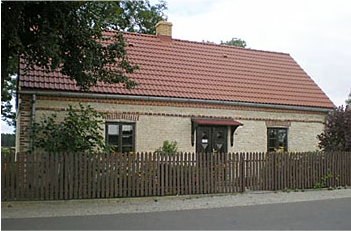
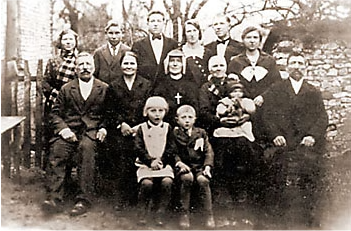
At the age of 19, while attending a dance with her sister Josephine, Helena experienced the first of her mystical encounters. As everyone around her danced, she suddenly saw Jesus beside her—suffering, stripped of His garments, and covered in wounds. He said to her: “How long shall I put up with you, and how long will you keep disappointing Me?”
At that moment, the music ceased, and she no longer saw the people around her; only she and Jesus remained. Helena sat beside her sister, concealing her inner turmoil by claiming a severe headache. She quietly slipped away and went to St Stanislaus Kostka Cathedral.
Oblivious to everything around her, she knelt before the Blessed Sacrament and begged the Lord to guide her in what to do next. Then she heard the words: “Go immediately to Warsaw, and there you will enter a convent.” After this prayer, she rose, returned home, and packed only the essentials. She told her sister what had happened and asked her to say goodbye to their parents on her behalf. Thus, she set off for Warsaw with nothing but the clothes on her back (Diary, 9).
Upon arriving in Warsaw, Helena entered the first church she came across—St James’s Church on Grojecka Street. She attended Mass and afterwards sought advice from Father Dabrowski, who recommended that she speak to Mrs Lipszycowa, a devout Catholic who agreed to take her in while she searched for a convent. She applied to several, but was repeatedly turned away due to her poor financial situation and limited education.
After several weeks of searching, the Mother Superior of the Congregation of the Sisters of Our Lady of Mercy finally agreed to give her a chance—on the condition that she pay for her entry. This led Helena to work as a domestic servant for a year. During that time, she made regular payments to the convent until the required amount was fulfilled.
Saint Faustina knew little about the convent she was about to enter, other than the fact that she felt called there. She was told that she would be admitted as a “lay sister”, and due to her limited schooling, it was unlikely that she would attain higher positions within the order. Her duties would focus mainly on the kitchen, cleaning, and gardening.
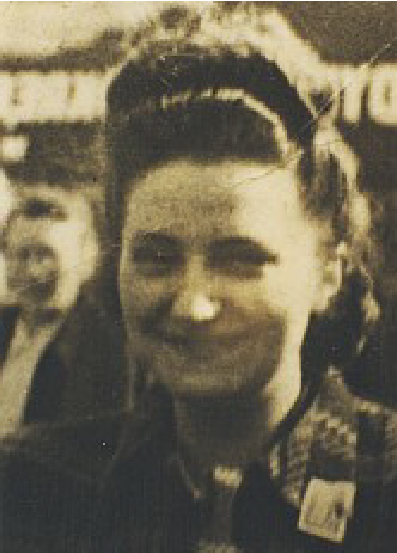
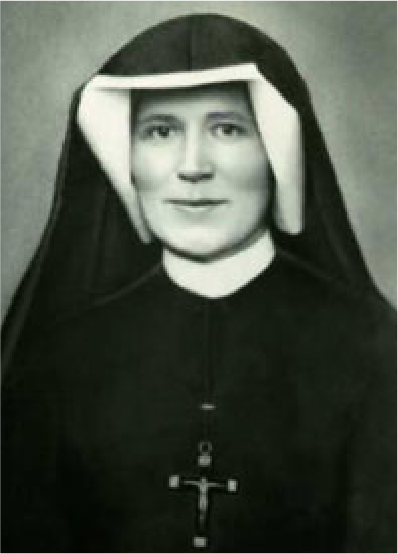
On 30 April 1926, at the age of 20, she entered the convent and took the name Maria Faustina of the Blessed Sacrament. According to her Diary, just a few weeks after entering, she faced the temptation to abandon her vocation. She sought out the Mother Superior but was unable to find her. Retreating to her room, she had a vision of Jesus, His face disfigured by wounds. She asked, “Jesus, who has hurt You so much?” and He replied, “This is the pain you would cause Me if you were to leave this convent. It was here that I brought you—not elsewhere—and I have many blessings in store for you.” From that moment on, Faustina dedicated herself to kitchen duties and looked after Mother Barkiewez during her illness, as well as cleaning her room.
The religious life of Saint Faustina was brief, lasting just over a decade. In April 1928, she made her final vows as a nun. A year later, she was sent to the convent in Vilnius, Lithuania. In May 1930, she was transferred to a convent in Płock, Poland, where she remained for about five years. Saint Faustina passed away in October 1938.
The Mystery of Divine Mercy
On 22 February 1931, after recovering from her first bout of tuberculosis, Sister Faustina recorded in her Diary (Diary I, entries 47, 48 and 49) the first revelation of Jesus as the King of Divine Mercy, which took place in her room. She described Jesus as clothed in white, with rays of light—one red and one white—emanating from His heart. Among other things, He asked her to have an image painted according to what she had seen, bearing the inscription: “Jesus, I trust in You.” He expressed the desire for this image to be venerated first in her chapel and later throughout the world, solemnly, on the Sunday after Easter. Faustina recorded that Jesus promised salvation to those who venerated this image.
Uncertain about how to reproduce the image, Faustina asked for help from the sisters in her convent, but they were unable to assist. In May 1933, she was transferred to Vilnius (then part of Poland), where she remained for three years until 1936. It was there that she met Father Michał Sopoćko, the newly appointed confessor of the sisters and a professor of theology at the University of Vilnius.
After her first confession, Faustina shared with Father Sopoćko her conversations with Jesus and the mission she had received. He insisted that she undergo a full psychiatric evaluation by Dr Helena Maciejewska, who declared her to be of sound mind. Only then did he feel confident in supporting her. He advised her to begin recording her experiences in a diary, so the messages would be preserved for the future.
Regarding the message of Divine Mercy, Father Sopoćko introduced Faustina to the painter Eugeniusz Kazimirowski, also a professor at the University of Vilnius, who painted the only image of Divine Mercy that Faustina ever saw. The painting was completed in June 1934 and publicly venerated for the first time from 26 to 28 April 1935. However, the image that would later become famous worldwide was painted by Adolf Hyła as a token of gratitude for the salvation of his family during the war.
While in Vilnius, Faustina predicted that her message of Divine Mercy would be suppressed for a time, to the point of seeming futile, but that it would later be accepted again. On 8 February 1935, she wrote in her Diary (Diary I, entry 378): “A time will come when this work, which God so desires, will appear to be utterly undone. Then God will act with great power, and its authenticity will be affirmed.” This prophecy came true: in 1959, her writings were suppressed by the Vatican, only to be approved again in 1966.
In Diary I, entry 414, Faustina wrote that on 19 April 1935, Jesus told her He wanted the image of Divine Mercy to be publicly venerated. On the following Friday, Father Sopoćko delivered a sermon on Divine Mercy with Faustina present. The image was publicly displayed for the first time on 28 April 1935, the second Sunday of Easter, which also coincided with the celebration of Pope Pius XI’s redemption. Father Sopoćko had received permission from Archbishop Jałbrzykowski to display the image during Mass, which he himself celebrated.
Also in Vilnius that same year, Faustina wrote (Diary I, entry 476) about a vision involving the Chaplet of Divine Mercy, in which she outlined three intentions to guide the prayer: to obtain mercy, to trust in Christ’s mercy, and to be merciful to others.
Shortly after, Faustina revealed to her superiors her desire to leave her order and establish a new congregation dedicated to Divine Mercy. She even wrote rules for the new community and visited a house in Vilnius, which she claimed to have seen in a vision as the future site of the first convent. Early the following year, she brought the matter before Archbishop Jałbrzykowski, who reminded her of her perpetual vows to her current congregation.
By the end of 1937, Faustina’s health had worsened and her visions became more frequent. A year later, Father Sopoćko visited her in hospital and found her physically weak but spiritually enraptured in prayer. She was later transferred back to Kraków to await her final days and there received one last visit from her confessor. On 5 October 1938, Faustina made her final confession and died at the age of 33. Her body was buried on the Feast of Our Lady of the Rosary in the cemetery of the Kraków convent and, in 1966, was moved to the Basilica of Divine Mercy in Kraków, Poland.
Discover the Divine Mercy Novena
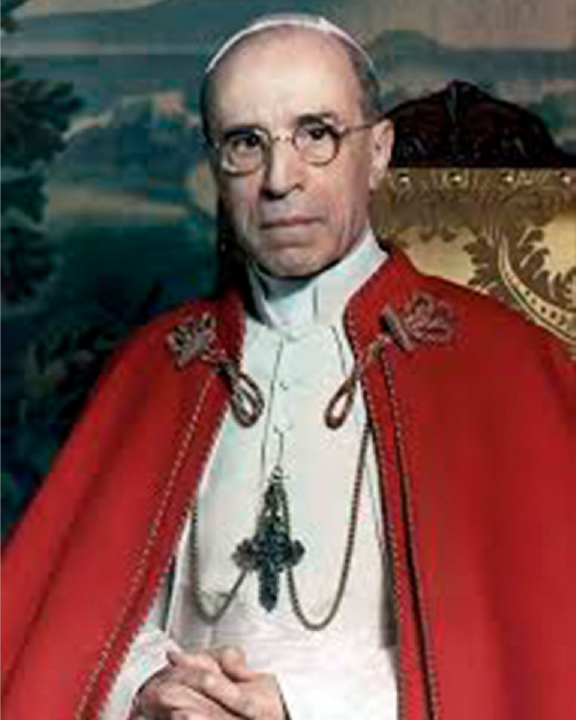
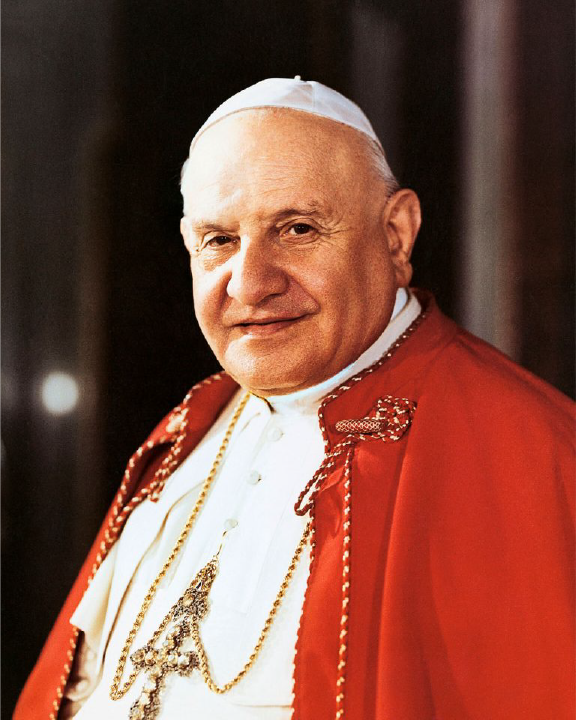
Popularisation and Suppression
In the year her revelations intensified, Sister Faustina had a vision foretelling the outbreak of a terrible war. She urged the sisters to pray for Poland. One year after her death, Archbishop Jałbrzykowski, realising that her predictions had come true, allowed public veneration of the Divine Mercy image. This drew large crowds and spurred the spread of the Divine Mercy devotion.
In 1942, Jałbrzykowski was arrested by the Nazis, but Father Sopoćko managed to hide in the outskirts of Vilnius for two years. During this time, he founded a new congregation based on the messages entrusted to Faustina. After the war, he drafted the constitution for the new order and helped establish what would become the Congregation of the Sisters of Divine Mercy. Thirteen years after Faustina’s death, there were already 150 Divine Mercy centres across Poland.
After Saint Faustina’s passing, the sisters from her convent sent her writings to the Vatican, as any vision of Jesus or Mary required the Holy See’s approval before public dissemination. There was an initial failed attempt to condemn Faustina’s visions and writings during the papacy of Pius XII. However, it was in 1959 that Pope John XXIII officially banned the Diary and the Divine Mercy devotion.
Father Michał Sopoćko also suffered persecution, and his work, along with Faustina’s writings, was prohibited. The devotion to Divine Mercy remained suppressed until 14 June 1966, when Pope Paul VI lifted the ban—just as Faustina had prophesied in her visions.
Despite the prohibition, the Archbishop of Kraków allowed the sisters to keep the original image in their chapel, where they could privately practise the devotion. In 1965, Karol Wojtyła, then Archbishop of Kraków, reopened the investigation, interviewing witnesses and gathering extensive documentation, which was sent to the Vatican. This work was crucial in initiating the process for Faustina’s beatification, which began in 1968.
It was only in 1978, when John Paul II became pope, that the Holy See clarified the ban on Faustina’s Diary and the Divine Mercy devotion had been the result of translation errors from Polish to Italian, which led to significant interpretative gaps. Communication difficulties during the Second World War and the subsequent communist control of the region also contributed to the misunderstanding.
Learn more about the life and legacy of Saint John Paul II.
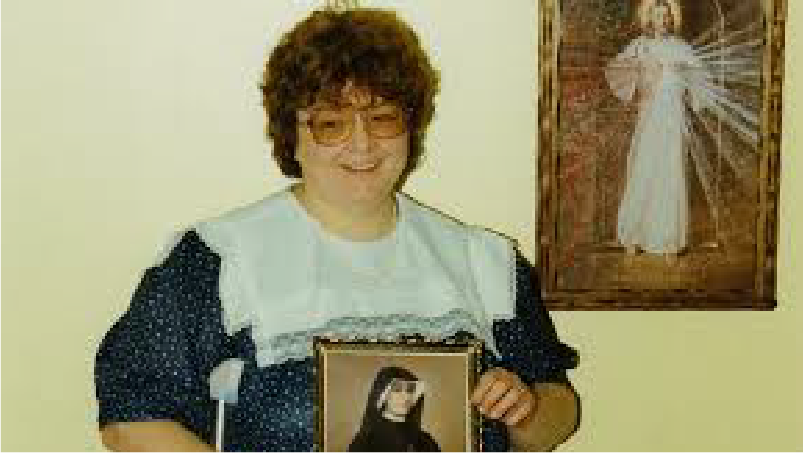
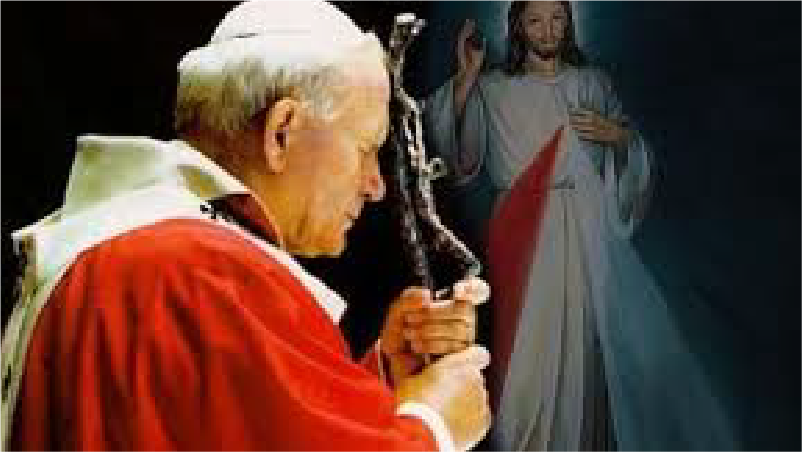
The Miracles and Beatification of Saint Faustina
The beatification of Faustina Kowalska was made possible largely through the miraculous healing of Maureen Digan, an American woman who claimed to have been cured in March 1981 while praying at Faustina’s tomb. Digan had suffered for years from lymphedema, undergoing multiple surgeries, including the amputation of one leg. During her prayer, she reported hearing a voice urging her to ask for help—at that moment, her pain ceased. Two days later, she noticed her shoes had become loose, as her body had stopped retaining fluid. Upon returning to the United States, five doctors confirmed that her healing had no medical explanation. The Vatican officially recognised the case as a miracle in 1992, based on medical reports and witness testimonies.
Another miracle occurred on 5 October 1995, the anniversary of Faustina’s death: the healing of a congenital heart defect suffered by Father Pytel, which also contributed to the growing recognition of her intercessory power.
On 18 April 1993, Pope John Paul II proclaimed Faustina Kowalska “Blessed” before crowds of faithful gathered in St Peter’s Square. On 30 April 2000, he canonised her in the presence of Divine Mercy pilgrims from around the world. Both ceremonies took place on the Second Sunday of Easter, the date that the Catholic Church now celebrates as Divine Mercy Sunday.
The Devotion to Divine Mercy, rooted in the writings and mystical experiences of Faustina, presents mercy as the greatest attribute of Jesus, and as humanity’s final hope for salvation. This devotion includes the message of mercy, the Divine Mercy Chaplet, veneration of the Divine Mercy image, and the celebration of Divine Mercy Sunday.
Between 1999 and 2002, the Shrine of Divine Mercy was built in Kraków and consecrated by Pope John Paul II in 2002. It is now the final resting place of Saint Faustina Kowalska.
